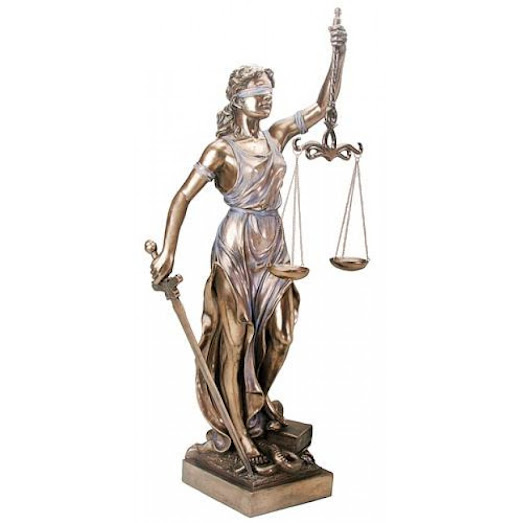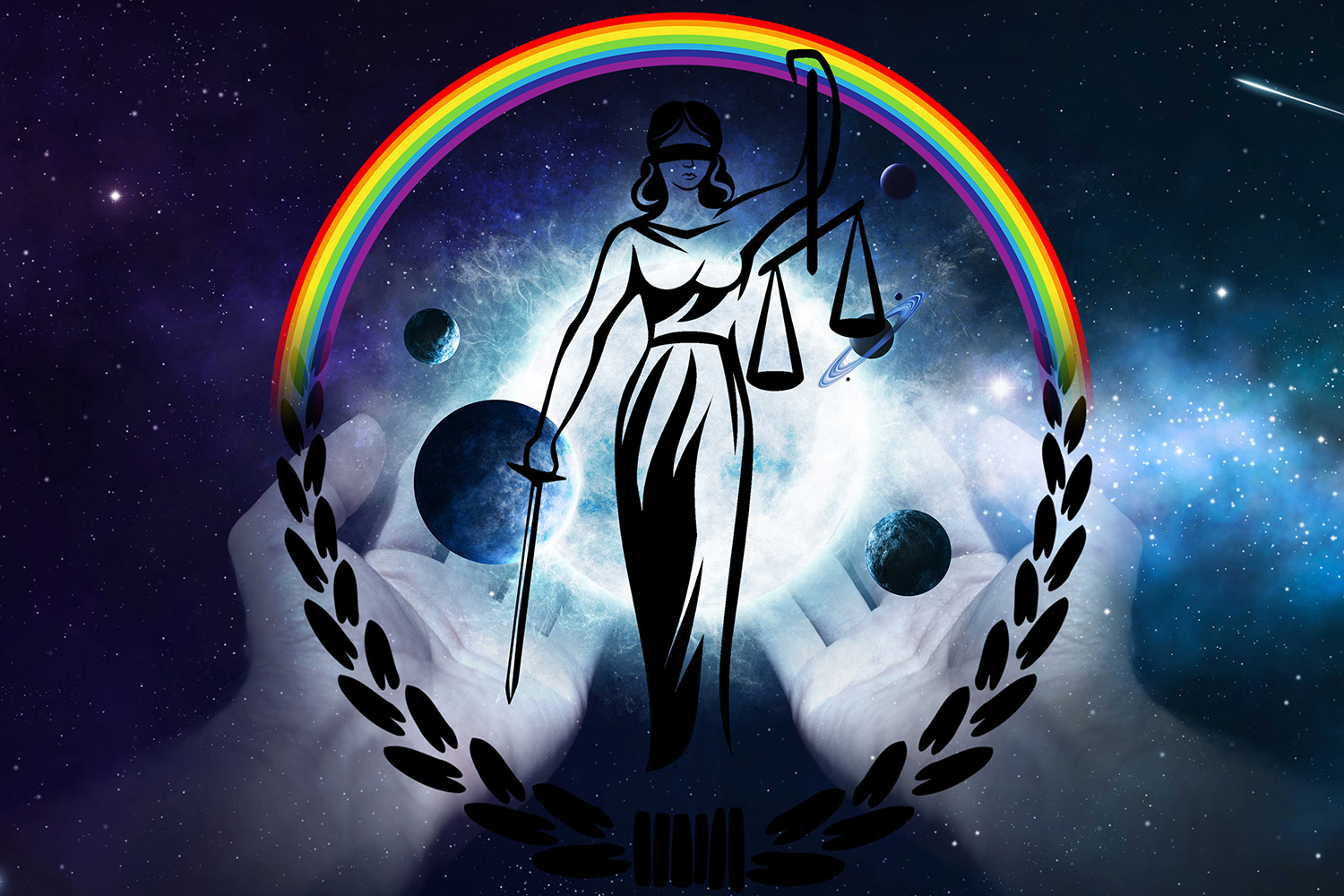Filing Suit in a Civil Action
With few exceptions, courts are powerless to settle disputes between individuals unless one of the parties so requests the court. The written request, called a complaint or petition, begins a civil suit. The individual who institutes a civil action is called the plaintiff, and the individual against whom action is brought is called the defendant. The order of events in bringing an action is generally as follows:
Filing suit. The first step in a lawsuit is the filing of the complaint or petition with the clerk of the court by the plaintiff. This petition sets forth the jurisdiction of the court, the nature of the claim, and the remedy sought.
Notice of suit. As soon as the petition is filed, the clerk issues a summons or, as it is sometimes called, a process. This gives the defendant notice of the complaint and informs the defendant of the time in which to respond.
Response. The defendant has the specified number of days available in which to file an answer or motion. The answer admits or denies the facts alleged in the complaint. A motion is an application to the judge or an order requiring an act be done in favor of the moving party. The complaint and answer constitute the first pleadings.
Discovery. To obtain information relevant to the subject matter of the action, the parties may request unprivileged information from another party in a number of ways, called discovery, including:
Interrogatories: Written questions to be answered in writing
Deposition: Examination of a party or potential witness outside port and under oath
Admissions: Request to agree that a certain fact is true or a matter of law is decided
Medical examination by a physician
Access to real and personal property
If a court issues an order compelling discovery, failure to comply can result in punishment. The party who does not comply may be found in contempt of court or the judge may dismiss the case.
The parties may take other actions after a case has been instituted and before it goes to trial. A party may file a wide variety of motions, including a motion to dismiss the case, a motion for a judgment based solely on the pleadings, and a motion to obtain a ruling on the admissibility of certain evidence or to suppress evidence prior to trial.
Fact-finding. If disagreements occur about facts on the case, a jury may be empanelled to decide these facts. If neither party requests a jury, the case may be tried before a judge alone, who would act as both judge and jury.

Trial Procedure
A typical jury trial proceeds in the following order:
The jury is selected and sworn in.
The attorney for the plaintiff makes an opening statement to the jury indicating the nature of the action and what the plaintiff expects to prove. This is usually followed by the defendant attorneys opening statement.
The plaintiff presents evidence in the form of testimony of witnesses and exhibits designed to prove the allegations made in the plaintiff's petition. The plaintiff has the burden of proving facts adequate to support the petitions allegations. if this burden is not met, the case can be dismissed and the lawsuit ends. The plaintiff's evidence is followed by the defendant's evidence. The defendant tries to disprove the plaintiffs allegations. The defendant may also present evidence excusing the behavior complained of by the plane.
The attorneys for each side summarize the evidence and argue their points in an attempt to win the jury to their version of the case.
The judge instructs the jury as to the points of law that govern the case. The judge has the sole power to determine the points of law, and the jury decides what weight is to be given to each point of evidence.
The jury adjourns to the Jury Room and in secret arrives at its decision, called the verdict. The judge may set aside this verdict if it is contrary to the law and the evidence. Unless this is done, the judge enters a judgment in accordance with the verdict.
Appeals
If either the plaintiff or the defendant is dissatisfied with the judgment and can sight an error of law by the court, an appeal generally may be taken to a higher court. When an appeal is taken, a complete transcript to a written record of the trial is given to the appellate court. Rather than hear testimony from witnesses, the appellate court reviews the entire proceedings from the transcript. The attorney for each side files a brief, setting forth the reasons that warrant the appellate court to either affirm or reverse the judgment of the lower court. The decision of the appellate court becomes judicial precedent and is binding upon lower courts. The appellate court may, however, reverse itself in a future case, although this seldom occurs.
Procedure in Small Claims
Filing and trying a suit in an inferior court like a small claims court is a much simpler matter then filing and trying a suit in a court of record. A form for the complaint may be obtained from the court and filled out by the plaintiff without help from a lawyer. Frequently, court employees will assist in filling out the forms. The defendant is then served with the complaint.
When the case is tried, the procedure is much more informal than in a court of record. A judge tries the case, so there is no jury. Since neither party has to be represented by an attorney, and in some courts may not be so represented, the judge asks the parties to state their positions. Witnesses and evidence may be presented, but the questioning is more informal. The judge is likely to ask questions in order to assist and ascertain the facts. The judge then renders the verdict and judgment of the court. Normally, either party may appeal the judgment to a court of record, in which case the matter is retired there.
Name
|
Resources
|
Web Address
|
US Federal Judiciary
|
The US Federal Judiciary site, maintained by the administrative office of the US courts, provides a clearinghouse for information from and about the judicial branch of the U.S. government.
|
|
Local government
|
Maintained by Cornell Law School, provides links to a variety of local government sites.
|
|
'Lectric Law Library
|
'Lectric Law Library provides links and materials for legal research, news, and professional activities.
|
|
West's Legal Directory
|
West's legal directory, updated daily, offers more than 800,000 profiles of lawyers and law firms in the United States and Canada, including International offices.
|
|
Trial Behavior Consulting, Inc.
|
Trial Behavior Consulting Inc., provides mock trials, case strategy, voir dire questions, community surveys, focus groups, witness preparation, in jury selection, among other services.
|
|
Federal Rules of Civil Procedure
|
Maintained by Cornell Law School, provides the Federal Rules of Civil Procedure and a hypertext and searchable format.
|
|

*SOURCE: LAW FOR BUSINESS, 15TH ED., 2005, JANET F. ASHCROFT, PGS. 18-21*
end
|




No comments:
Post a Comment